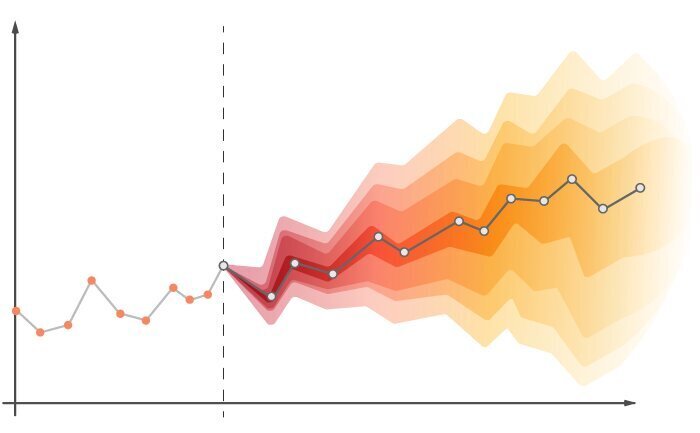Time-series forecasting is a critical area in data analysis, enabling predictions based on historical data. Various models, including ARIMA, Prophet, and LSTM, offer distinct approaches to tackle this challenge.
ARIMA (AutoRegressive Integrated Moving Average)
ARIMA is a statistical model that combines autoregressive and moving average components. It is particularly effective for univariate time series data and requires the data to be stationary. The model’s parameters, $$p$$, $$d$$, and $$q$$, represent the number of autoregressive terms, the degree of differencing, and the number of moving average terms, respectively. ARIMA excels in capturing linear relationships and is often preferred for its interpretability, as the coefficients provide insights into the underlying data patterns. However, it may require extensive hyperparameter tuning and a deep understanding of the data characteristics to optimize performance[1][4].
Prophet
Developed by Facebook, Prophet is designed for forecasting time series data that exhibit strong seasonal effects and several seasons of historical data. It uses an additive model to fit non-linear trends and incorporates seasonalities at different time scales (daily, weekly, yearly). Prophet is user-friendly and requires minimal tuning, making it suitable for business applications where quick insights are needed. However, its performance can vary significantly across different datasets, particularly when the data does not align well with its assumptions about seasonality and trends[1][2].
LSTM (Long Short-Term Memory)
LSTM is a type of recurrent neural network (RNN) that is particularly adept at learning from sequential data. It can capture complex non-linear relationships in time series data, making it suitable for large datasets with intricate patterns. LSTM models do not require the data to be stationary, unlike ARIMA. However, they are often seen as “black boxes,” lacking transparency in how predictions are made. This complexity can lead to overfitting, especially when the dataset is small, necessitating careful tuning and regularization techniques to improve generalization[1][4][5].
Comparative Performance
When comparing these models, studies have shown that ARIMA often yields strong performance on smaller, simpler datasets, while LSTM tends to excel in scenarios with larger and more complex datasets. Prophet can be effective for business-related time series but may struggle in other domains. Performance metrics such as mean squared error (MSE) indicate that while ARIMA and LSTM can outperform Prophet in certain contexts, the choice of model largely depends on the specific characteristics of the dataset and the forecasting requirements[1][2][4].
Conclusion
In summary, the choice between ARIMA, Prophet, and LSTM for time-series forecasting should be guided by the nature of the data, the complexity of the patterns to be captured, and the specific forecasting goals. Each model has its strengths and limitations, making it essential to evaluate them in the context of the specific application. Hybrid approaches, combining the strengths of these models, can also be explored for enhanced predictive performance[4][5].
Further Reading
1. ARIMA vs Prophet vs LSTM for Time Series Prediction
2. Time Series Forecasting – ARIMA, LSTM, Prophet
3. GitHub – pik1989/Guide-on-Time-Series-Analysis-using-ARIMA-LSTM-fbProphet: Time Series Forecasting Problem
4. Time Series Analysis: ARIMA vs. LSTM in Predictive Modeling
5. A comparative machine learning study for time series oil production forecasting: ARIMA, LSTM, and Prophet – ScienceDirect


